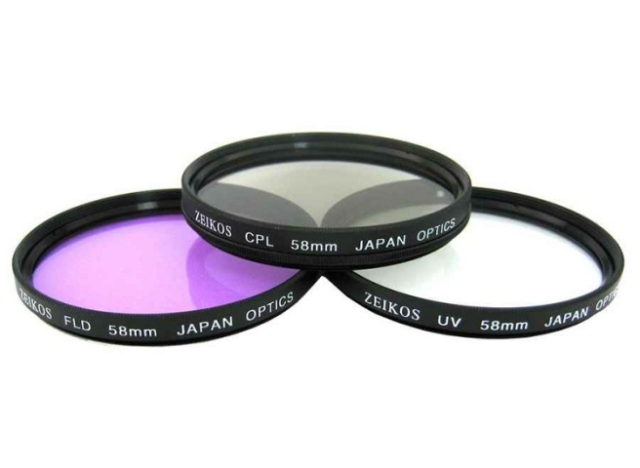The type of filter used in a camera can play a very obvious role in determining how good or bad a picture looks. Explore this article to know more on the effects of camera filters.
Camera Filter Effects
As far as better photography and brilliant photography go, it wouldn’t really be possible if it wasn’t for camera filters and the advantages they pose to photographers and photography in general! Camera filters basically are optical tools that have it in them to determine or regulate the amount of light that is allowed to enter the sensor of your camera. Camera filters enjoy a very prominent say in how the pictures you take with your camera turn up. There are quite a number of filters that can help you shoot better pictures; however, with the progress in technology some filters have taken the back seat. Nevertheless, this does not mean that camera filters are redundant and need not really be used when you are taking pictures. It only means that some filters are outdated, while the rest are as good as an absolute must. Read on to know more about camera filters and the effects they can have on your pictures.

Effects Of Camera Filters
Linear and Circular Polarizers
Ever seen those mind blowing snaps of landscape? Well, chances are that those pictures were shot with the assistance of linear and circular polarizers. These filters are specialized and exercise control over the amount of light that is permitted to pass through your camera lens. When you use linear and circular filters, you get the best from your shots. How’s this made possible? Simple really, when you use these filters to take your pictures, the glare and reflections of water surfaces will be a lot lesser. Also, these filters can help you get the better of varying contrasts between land and sky. Polarizers, however, come with a disadvantage. When you take pictures of any particular object, if you click in the direction of the incoming rays, you are mostly going to end up with blurred pictures. To overcome this shortcoming, make it a point to shoot in directions other than in the direction of incoming sun rays!
Cooling And Warming Filters
Cooling and warming filters play very obvious roles in altering the white balance that is permitted to reach the sensor of your camera. Even so, the most significant purpose of using cooling and warming filters is to add, correct and get rid of color casts that can tamper with the perfection of any particular picture. Unfortunately, with this being the age of the digital camera, cooling and warming filters have gone down a few rungs in the ladder of photographic prominence and are not really given too much of importance!
UV Filters
Ultra violet light helps make your images warmer. However, apart from this it doesn’t really have too much of an effect on your pictures. Still, too much of ultraviolet light can be a bad thing and this is exactly when UV filters come into play. Having said that, UV filters—just like their cooling and warming counterparts—do not really enjoy too much of prominence because of noticeable progress in technology. The sensors of advanced cameras are not really sensitive to ultra violet rays, and if at all UV filters are used, they are only used as a layer of protection for the lens of your camera.
Neutral Density Filters
Neutral density filters play out their role by decreasing the amount of light that reaches the sensors of your camera. This is exactly why ND filters are used to shoot pictures of flowing water or even stagnant water. ND filters are effective here because they help you achieve longer exposure time within a range of apertures. This is what helps you get stupendous shots of large water bodies, flowing or stagnant, whatever is the case. On the other hand, since ND filters are adept at reducing light, make sure the reduction of light is not at its extremes because this is nothing but bad news for your pictures!
See also
- Computers | Gaming Devices | HTC Mobiles | How To Do | Internet | Ipods & MP3 Players | LG | Laptops | Mobile Phones | Motorola Mobiles
More from iloveindia.com
- Home Remedies | Ayurveda | Vastu | Yoga | Feng Shui | Tattoos | Fitness | Garden | Nutrition | Parenting | Bikes | Cars | Baby Care | Indian Weddings | Festivals | Party ideas | Horoscope 2015 | Pets | Finance | Figures of Speech | Hotels in India : Delhi | Hyderabad | Chennai | Mumbai | Kolkata | Bangalore | Ahmedabad | Jaipur
- Contact Us Careers Disclaimer Privacy Policy Advertise With Us Lifestyle Sitemap Copyright iloveindia.com. All Rights Reserved.



